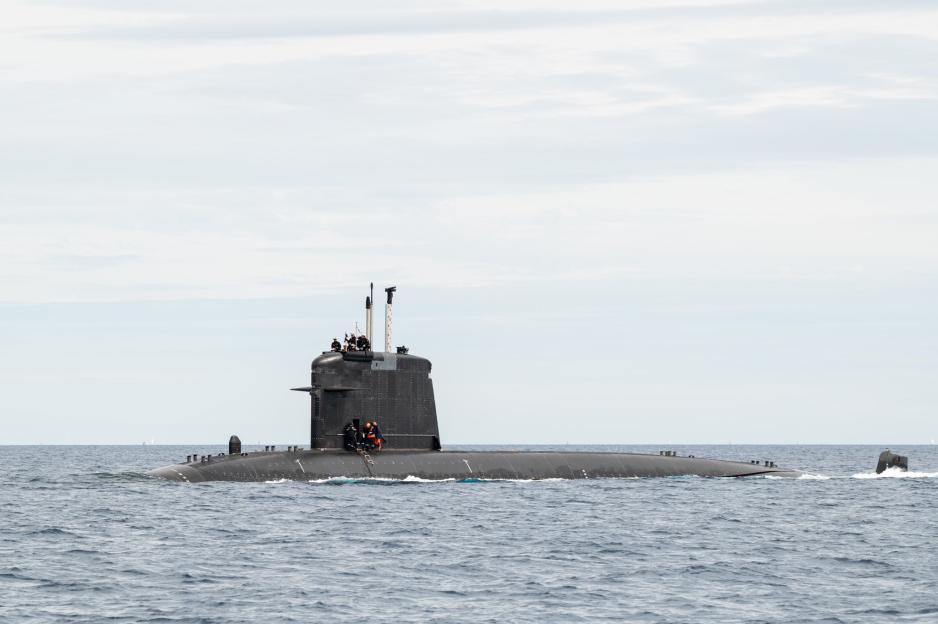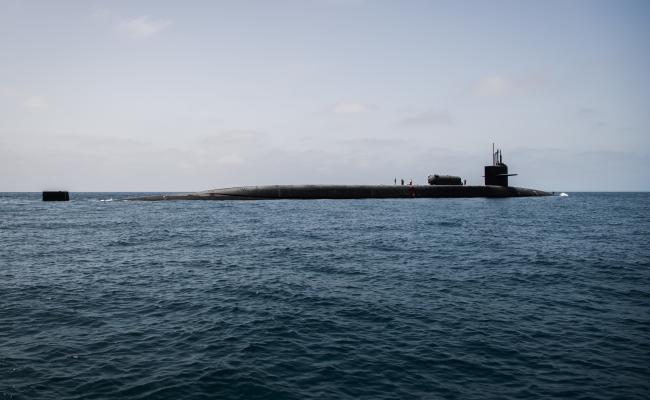
Photo gallery, French military presence in the north: The support vessel FS Garonne long operated in Arctic areas before the logistics stop in Tromsø earlier this week. The photo is from the Scoresby Sound during its training to tow the 150-meter-long and 30,000-tonne cruise ship, Le Commandant Charcot. (Photo: The French Navy) >

The frigate FS Auvergne sailed in the High North this summer. It operated by the Norwegian polar island Jan Mayen (on the border between the Norwegian Sea and the Greenland Sea), as well as in the Greenland Strait – the section of sea between Iceland and Greenland. (Photo: The French Navy) >

The frigate FS Chevalier Paul receives a refill of fuel from the Spanish oiler SPS Patiño during the American-led air and missile defense exercise Formidable Shield, which partly took place off Andøya, Northern Norway, in May. (Photo: The French Navy) >

The command and supply ship FS Somme (to the left) in action in April 2022 during NATO's major annual exercise in submarine hunting in the High North, Dynamic Mongoose. More specifically, it occurred in the sea areas between Iceland, the Faroe Islands, and Norway. (Photo: The French Navy)













